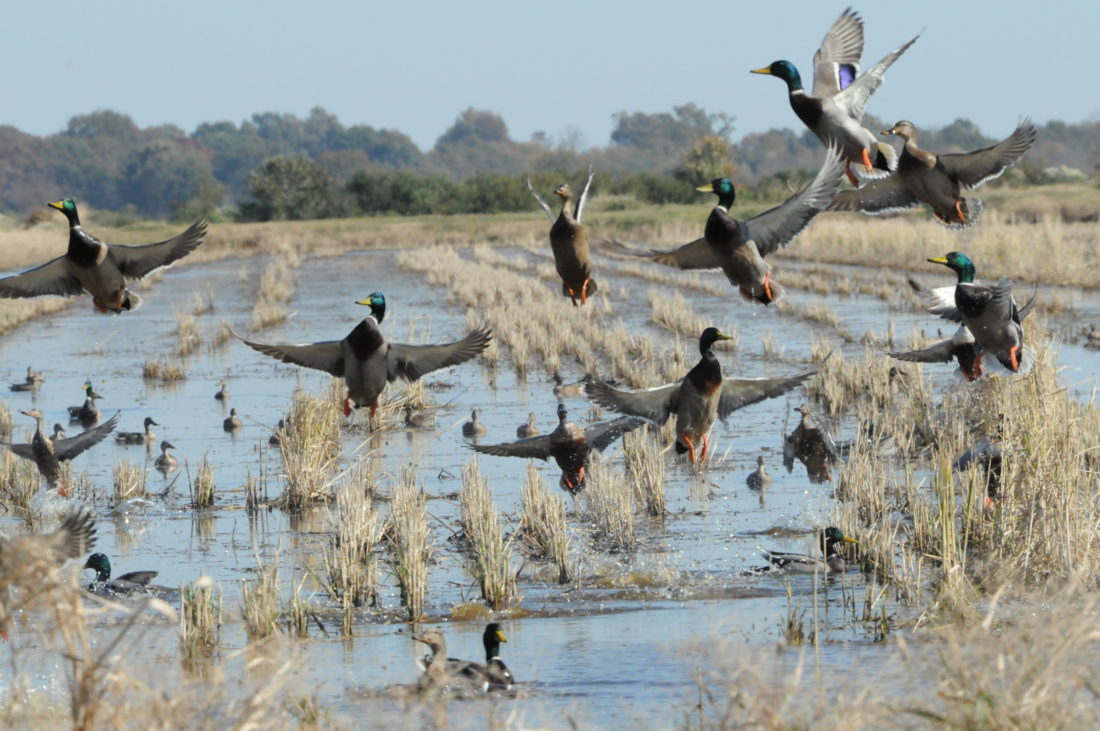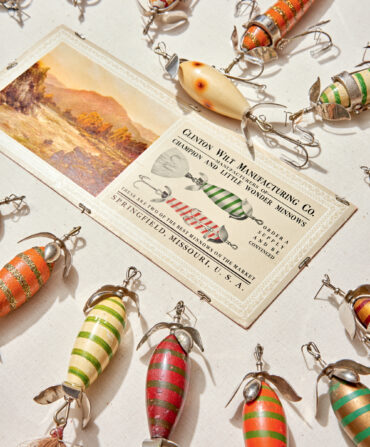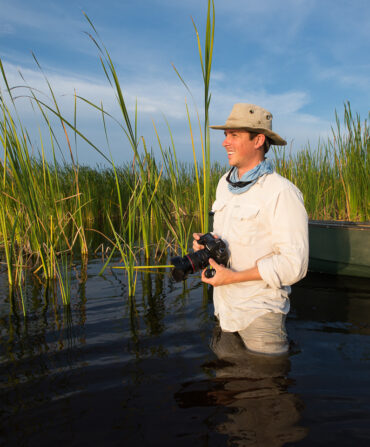As duck hunters in the Atlantic Flyway check off their to-do lists for the coming season, they might want to add a visit to an optometrist. For the 2019-2020 waterfowl season—opening soon, if it’s not already open in your home swamp—the daily mallard bag limit has been cut in half, down from four mallards to two (out of a daily duck limit of six), with only one hen mallard allowed per day. Identifying ducks over the decoys has taken on new importance.
The reason for the cut: While mid-continent populations of mallards are at near-all-time highs, Atlantic Flyway mallards aren’t faring nearly as well. More than 60 percent of the mallards taken in the East and Southeast are born in the northeastern United States, and another quarter come from eastern Canada. Overall, that eastern mallard population has declined by 20 percent since 1998, driven by a staggering 38 percent drop in the northeastern United States breeding population. Facing those numbers, the U.S. Fish and Wildlife Service had no choice but to act.
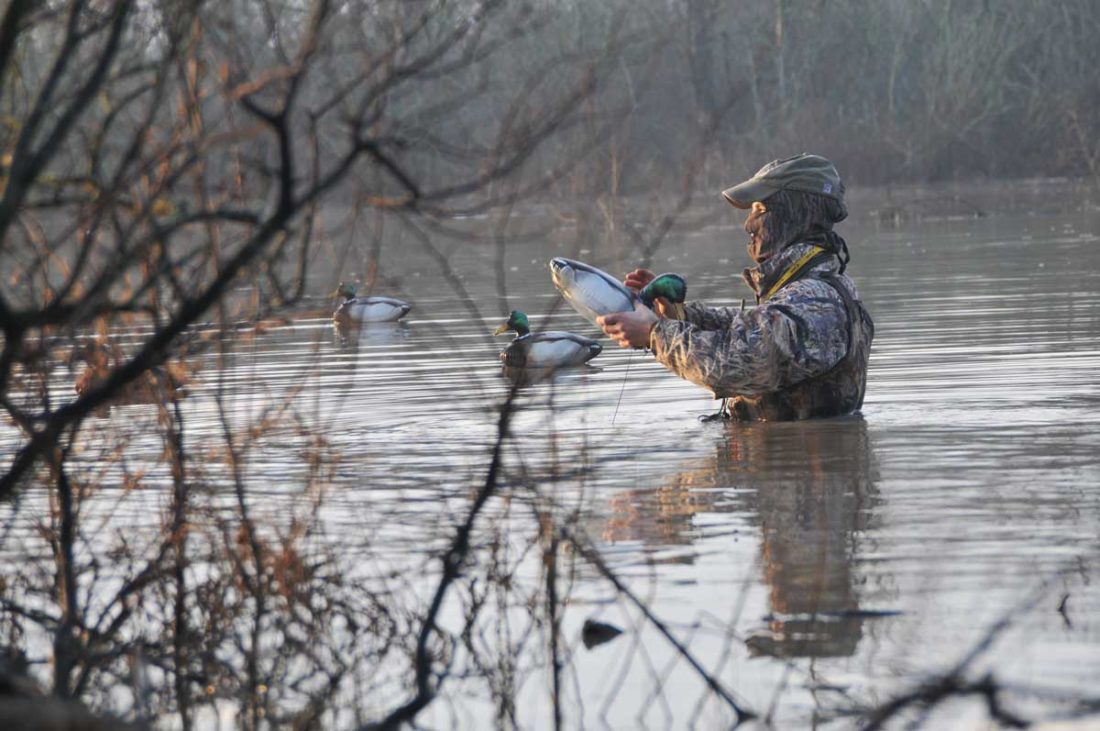
Photo: Courtesy of Ducks Unlimited
A hunter sets a spread of mallard decoys.
What’s behind the decline? No clear answer has yet emerged, but there are several potential culprits, says Dr. Tom Moorman, chief scientist for Ducks Unlimited. Loss of breeding habitat and declines in winter feeding grounds are both possible causes. Overharvest might also be an issue. In addition, most eastern mallards are derived from game-farm birds released over the last near-century by private hunting clubs and state agencies alike, and differences in their bill structure and other physiological traits could be hampering their survival rates in the wild. Or perhaps there are aberrations in the logistically complex sampling and monitoring efforts that undergird population estimates. Researchers are dialing down their efforts to home in on the problems. “There’s a lot of work going on,” Moorman says. “And unfortunately, there’s no crystal ball as to when or if the regulations will change again. It will take more time and work to sort this out.”
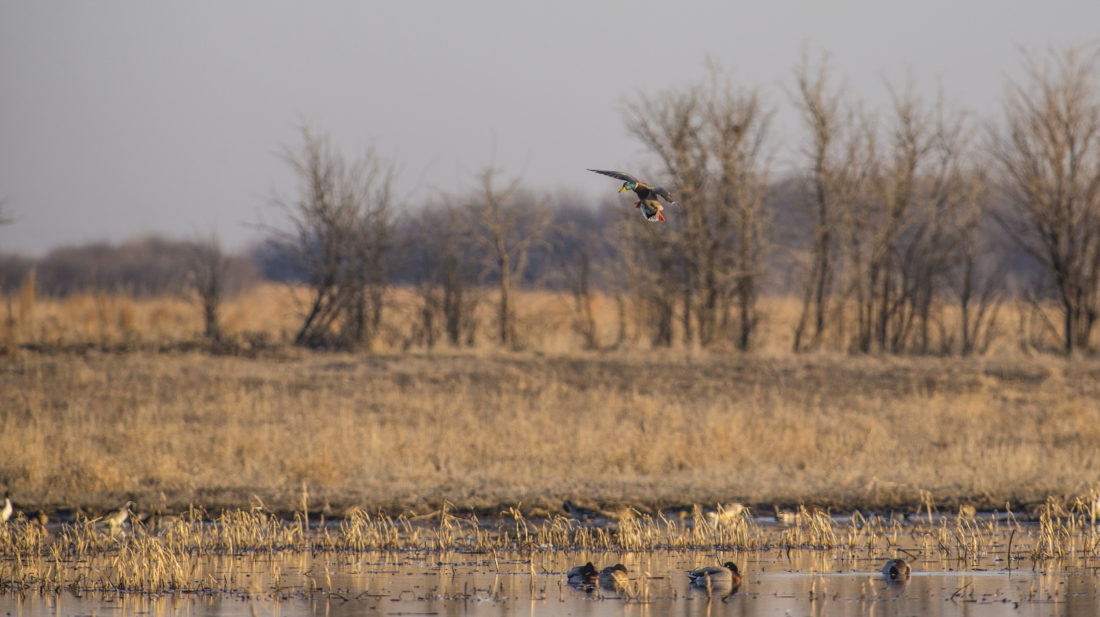
Photo: Courtesy of Ducks Unlimited
A drake mallard comes in for a landing.
Figuring out what’s happening to Atlantic Flyway mallards won’t be easy, and in the meantime, duck hunters will need to sharpen their bird identification skills, and skip a few trigger pulls. But by continuing to buy duck stamps, hunting licenses, and boxes of shotgun shells, all of which support research and management, they’ll also continue the storied legacy of waterfowling in the United States by partnering with scientists to get a bead on solutions.


